In an industry where patient safety, data security, and compliance are paramount, healthcare organizations can no longer rely on manual testing methods. The pace of digital transformation in healthcare driven by EHR systems, telemedicine, AI diagnostics, and remote monitoring demands speed, scalability, and precision. This is where automated testing becomes a critical asset, offering a strategic advantage by reducing risks, ensuring compliance, and accelerating innovation. It’s not just helpful it’s essential.
Key challenges in healthcare application testing
Testing healthcare systems presents unique challenges, such as:
- Complex workflows
Healthcare applications involve intricate processes like patient intake, EHR updates, prescription management, and insurance claims, all needing to work seamlessly across systems. Testing these workflows manually can be time-consuming and inconsistent. - Frequent updates and regulatory compliance
Whether it’s security patches, feature releases, or policy-driven changes, healthcare apps are updated often. Manual testing can’t keep up, raising the risk of undetected bugs. Regulatory requirements like HIPAA, GDPR, and FDA add further complexity—every update or workflow change must be rigorously tested to ensure ongoing compliance.
- Diverse user roles and sensitive data
Doctors, nurses, patients, and admins have different access levels and interactions within the system. Testing these paths thoroughly — while maintaining data integrity — is complex without automation.
These challenges create bottlenecks, increase compliance risks, and delay the delivery of critical health solutions.
Here’s how automated testing can help
Here’s how automated testing addresses the above challenges in healthcare:
- No-code, fully scalable testing
Modern healthcare demands intelligent automation. With a no-code, visual interface, test teams can design and run automated workflows without relying on developers. Every process can be validated in clicks, not code, from patient onboarding to claims submission.
Define patient flows → Validate access control → Test compliance rules → Reuse workflows for new updates — all without writing a single line of code.
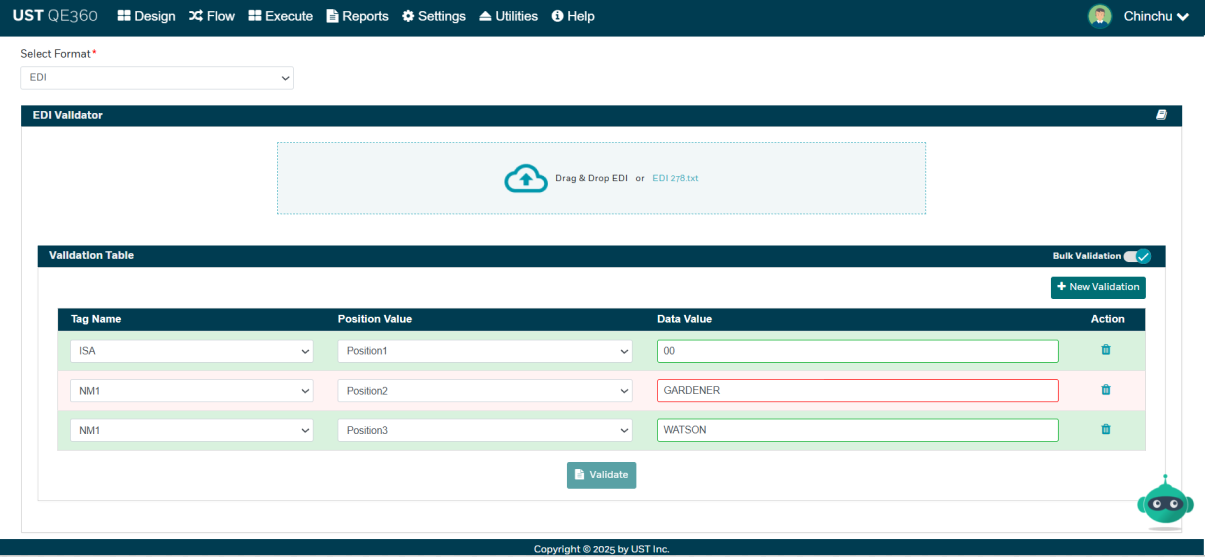
- Reusable test components and self-healing test scripts
Automated platforms allow the creation of modular test components such as login, patient check-in, or claim submission. These can be reused across EHR modules, billing systems, and clinical dashboards — saving time and improving consistency. When UI elements in applications change, self-healing automation updates test scripts automatically — no need for constant manual intervention.
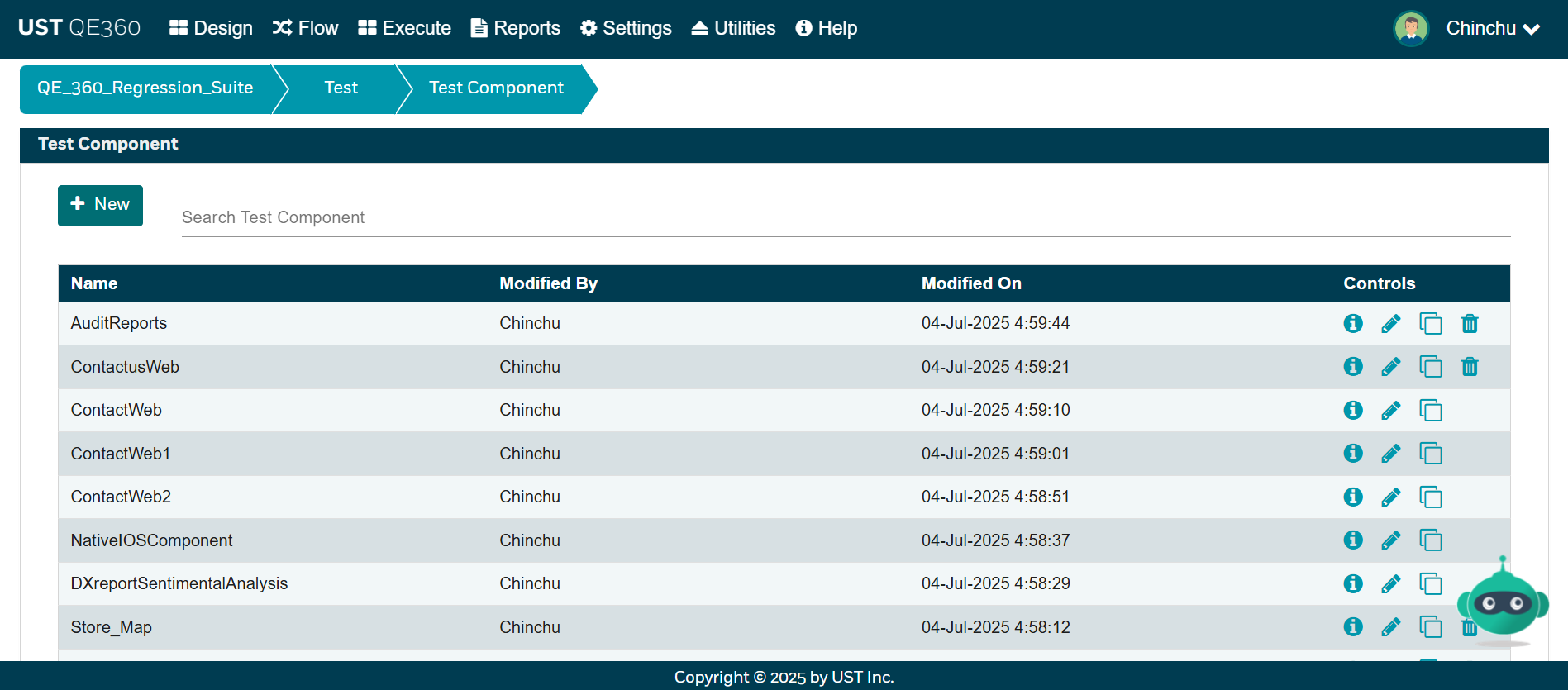
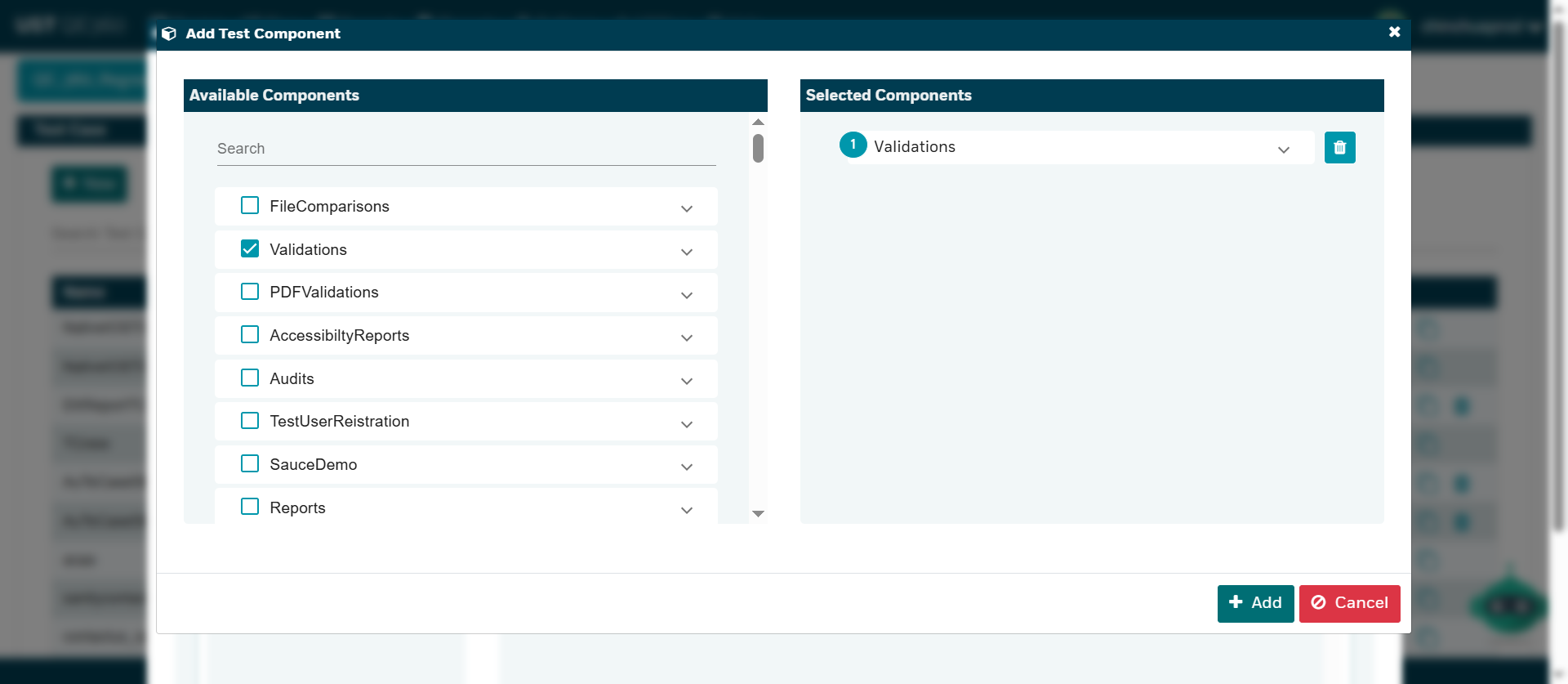
- Role-based testing
Automated testing can simulate different user roles in a single test case. Whether it’s a doctor entering a diagnosis or a patient accessing lab results, these workflows can be validated in one go.
Smart features that healthcare testing demands
These are some of the top benefits automated testing brings to healthcare software teams:
- Self-healing test automation
Healthcare apps change fast — but your tests don’t have to break. Self-healing capabilities automatically detect changes in UI elements, and update affected test components—reducing failures, minimizing maintenance, and improving overall reliability.
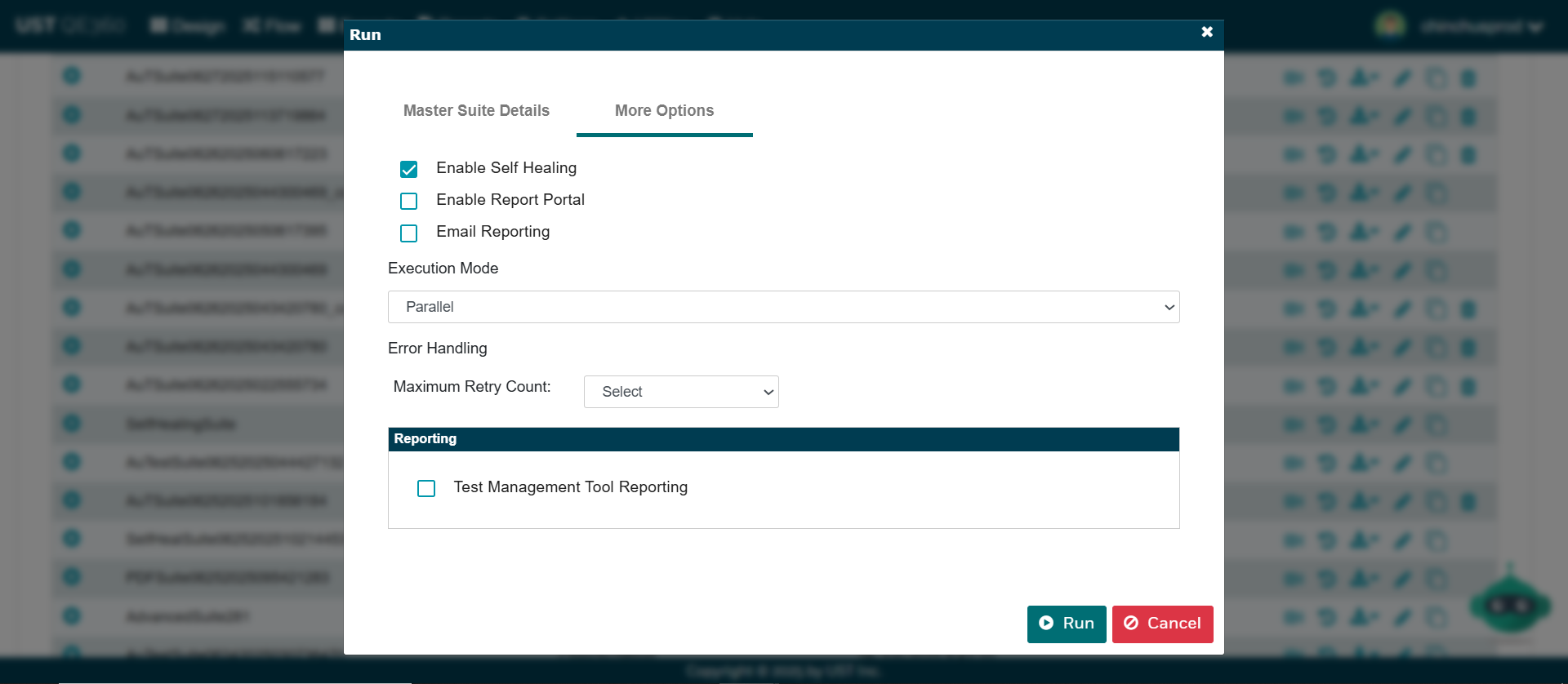
- Retry logic for flaky test scenarios
Unstable networks or third-party service delays shouldn’t cause test failures. A built-in retry mechanism re-executes failed steps automatically to ensure consistent and accurate validation — especially useful for cloud-based EHRs or external pharmacy API checks.
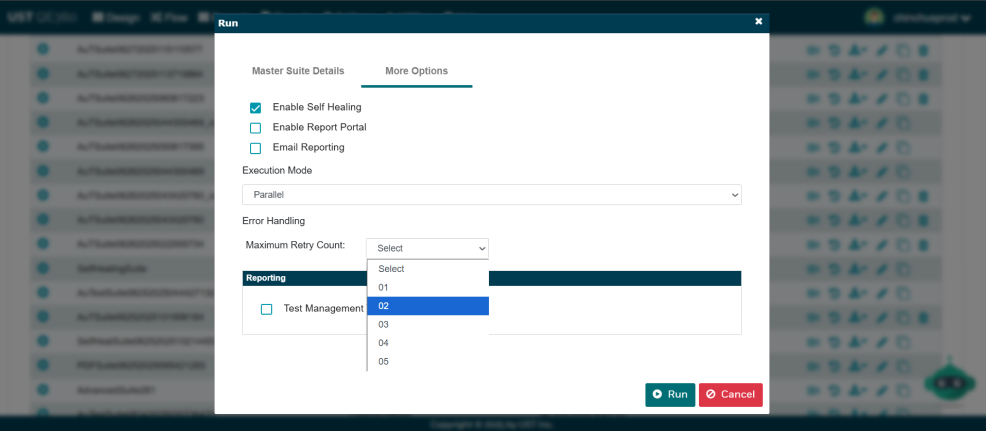
- Intelligent file comparison for medical records
Compare clinical documents, PDFs, diagnostic reports, or insurance claims at a granular level. Automated systems validate XML, JSON, and images with high precision — eliminating the need for manual file review.
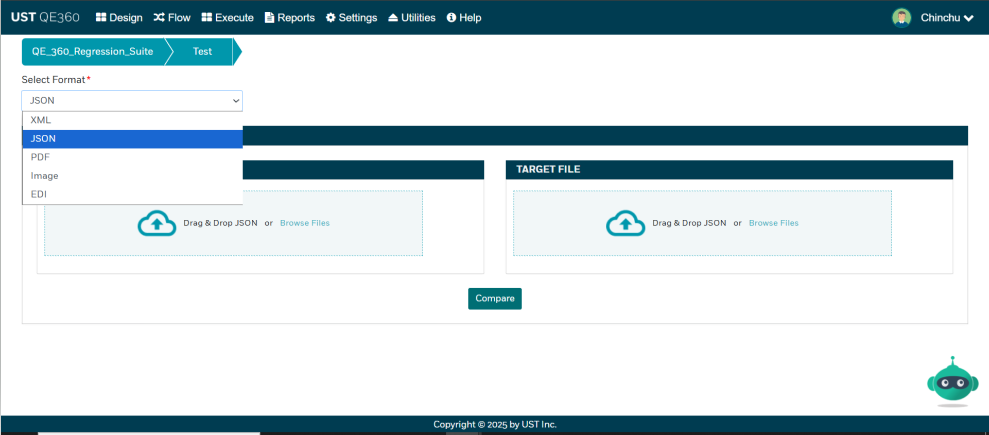
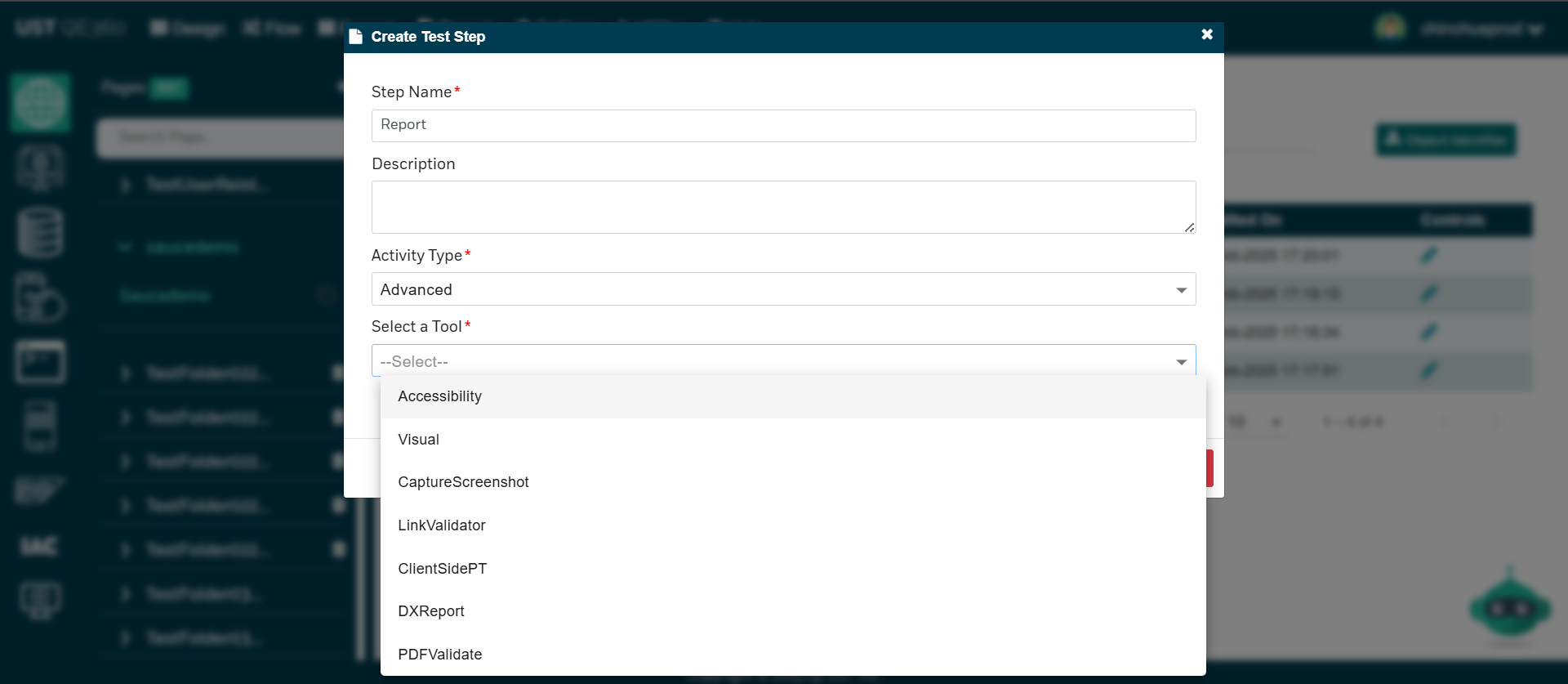
- Integrates with DevOps and compliance tools
Automated testing tools work smoothly with CI/CD systems like Jenkins and test management platforms like ADO or qTest, allowing you to test directly within your development workflows.
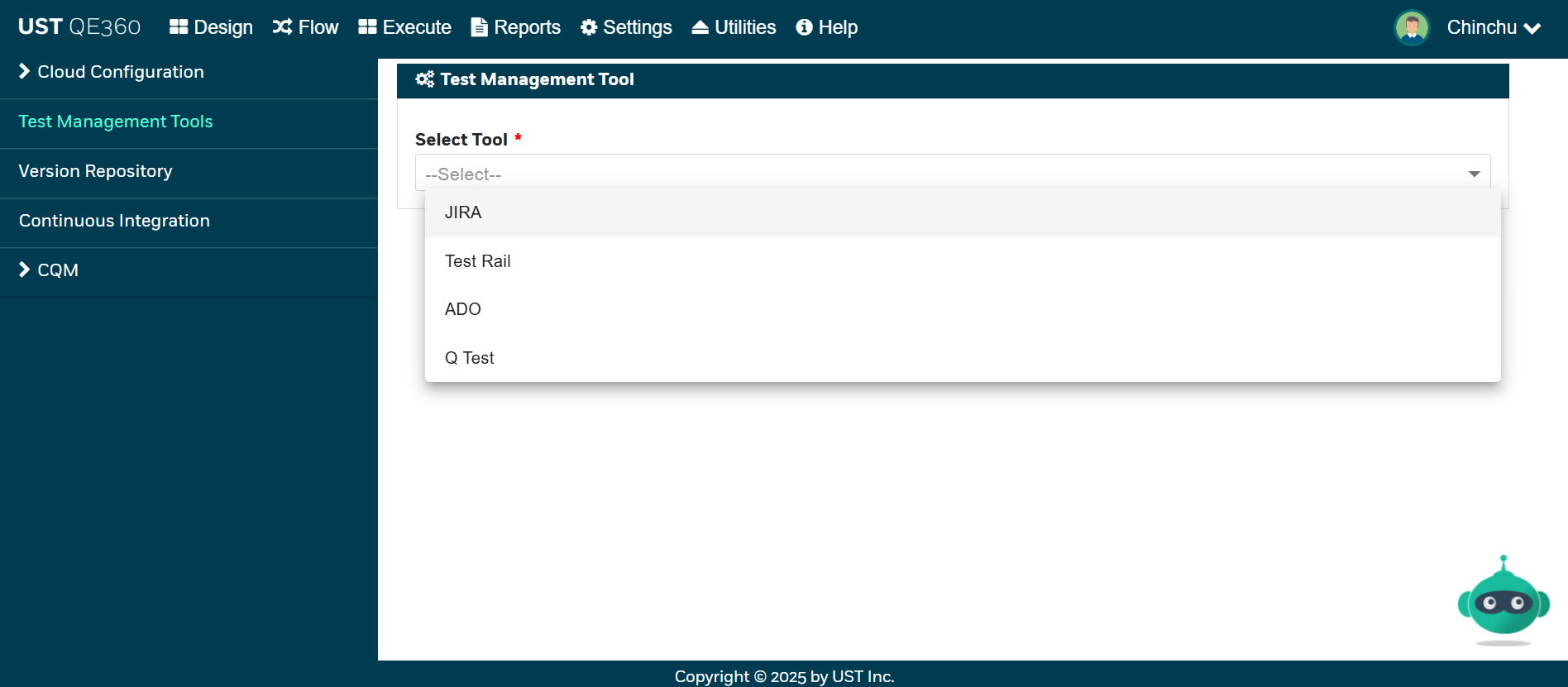
- Audit-ready reports and low-code/no-code options
Detailed, timestamped reports help maintain compliance by documenting which tests were run and what passed or failed — an essential requirement during audits. Since healthcare teams often include non-technical members, modern testing tools provide easy-to-use interfaces that allow QA analysts and domain experts to create and manage test cases without writing code.
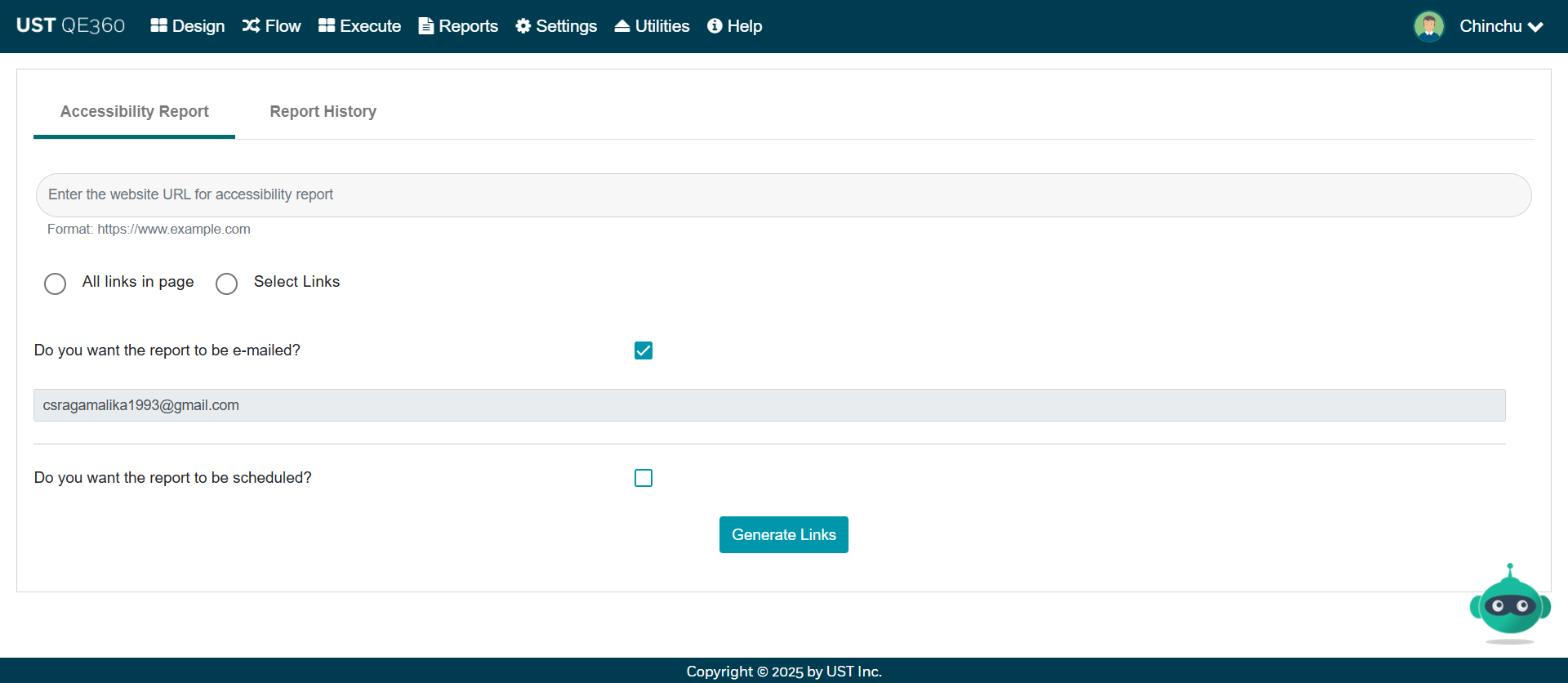
Why automation is a game-changer for healthcare
Healthcare organizations trust automation platforms for several compelling reasons:
- Zero-code execution for medical and QA teams
- Faster compliance and release cycles
- Robust coverage across EHRs, labs, billing, mobile, and more
- Stable, reliable tests with features like Self-Healing and Retry
- Enterprise-scale testing with CI/CD pipelines and collaborative access
Conclusion
Automated testing is no longer optional in healthcare — it’s a necessity. From handling complex user roles and maintaining compliance to ensuring reliable updates and protecting patient safety, automation empowers healthcare organizations to test smarter and faster. As healthcare systems grow in complexity and importance, automated testing stands out as a crucial enabler of safe, scalable, and efficient digital healthcare delivery.
Healthcare deserves testing that’s just as advanced as its technology. Automated testing is how we get there — faster, safer, and smarter.


